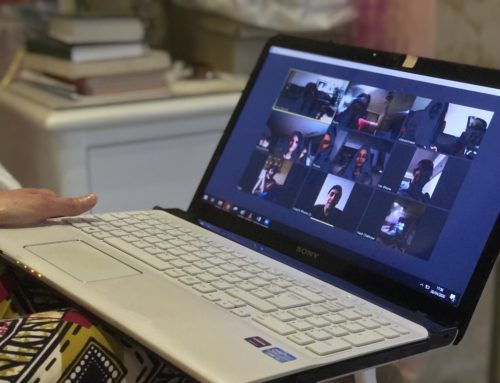
Flickr Creative Commons photo by Steve Baker
It keeps getting harder for nonprofits to get news coverage — particularly in local markets where media organizations are slashing their reporting staffs and shrinking their news holes.
But there’s one time of year when many outlets still shine the spotlight on nonprofits: the holidays.
Most outlets see the holiday season as a time when many of their readers and viewers make charitable gifts — and their audiences expect to see more human-interest stories that align with the spirit of the season.
As a result, a number of reporters — particularly those who cover business or the economy — are reaching out to charities and donors to develop stories on the state of giving. Others are tasked with finding examples of inspiring volunteers or those who have been helped by a nonprofit.
So if you’re working to raise your organization’s media profile, this focus on year-end giving offers a great opportunity.
But because many outlets are planning and assigning their year-end features now, you can’t afford to wait. If you’re looking to grab some headlines before the end of the year, you need to act soon.
Here are some steps you can take now to improve your chances of showing up in year-end media coverage.
1. Do your homework
Not every outlet — and not every reporter — is going to cover year-end giving or develop human-interest stories. As a result, before you start collecting materials and conducting outreach, spend a bit of time identifying some high-priority media targets who are most likely to cover these stories.
Doing this research up front will save you a lot of time later — and ensure that you’re not reaching out to journalists who aren’t likely to focus on nonprofits in their year-end coverage.
If your organization has a media list, go through it to find the reporters and editors who have covered nonprofits in the past. You can check their outlets’ websites for past coverage and see if they’ve done such stories.
If you don’t have a media list, focus on a handful of outlets that are most important to you and spend some time looking at their coverage — and seeing which reporters are assigned to which beats.
For year-end giving stories, you might find the greatest success focusing your attention on business reporters, those who cover personal finance, or even those who have written about nonprofits.
For human-interest pieces, look for local columnists and/or reporters who write profiles and event stories.
2. Gather examples
Before you start sending emails to the reporters you’ve identified in your research, make sure you have stories to share.
Take some time to identify volunteers who are making a difference, an inspiring donor who has gone above and beyond, or a program or partner that is moving the needle on an important issue.
But don’t just stop there. Dig deeper and find out the backstory behind the person or program and identify an anecdote or two that will help make your example stand out.
And, if possible, get their permission to share their story. You want to avoid a situation where you have an eager reporter willing to interview your top volunteer, only to find out your volunteer isn’t ready to go on camera.
In the future, you can gather these examples throughout the year and have them at the ready for both year-end stories and other conversations with reporters.
3. Identify trends
One way to stand out to reporters is to provide an insight or identify a trend they haven’t seen before.
With that in mind, it’s also worth taking some time to talk to your development team to see if they’ve uncovered any recent trends in donor behavior. Or speak with your program staff or executive director to see if they’ve seen anything new this year.
If, for example, your fundraisers are not expecting people to respond to appeals that focus on the tax-deductibility of their gifts because of the new tax law, you might have an interesting angle to pitch.
4. Reach out
Once you’ve identified your most likely outlets and reporters and pulled together your examples and trends, it’s finally time to do your outreach.
But it’s important to make sure you’re positioning yourself as a resource — not just as someone who is trying to push an agenda.
As a result, rather than simply pitching your best example or trend to every reporter you’re targeting, consider a different approach — one that is more likely to get you placed.
You can maximize your chances of getting into year-end coverage by reaching out and asking whether the reporter is working on a year-end story and offering to set up a meeting or call do discuss ideas, examples, or data. This begins a conversation and allows you to customize what you pitch based on the reporter’s needs.
When you pitch one story, you’re basically putting all of your eggs in one basket and counting on that single idea to connect. So try to make your initial connection into an opportunity to start an open-ended conversation in which the reporter sees you as a resource, not a salesperson.
And finally …
By doing your homework and positioning yourself as a resource, your efforts to land year-end coverage is more likely to yield results — either in the form of immediate coverage or by starting conversations with reporters who might want to cover your organization in the future.






